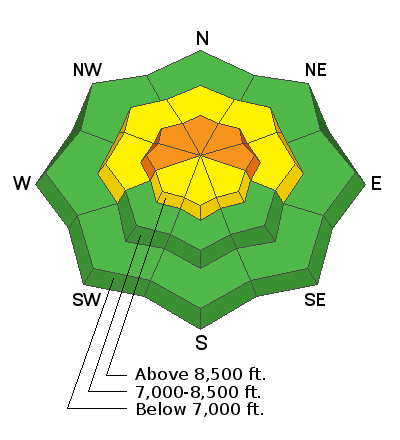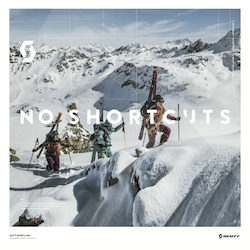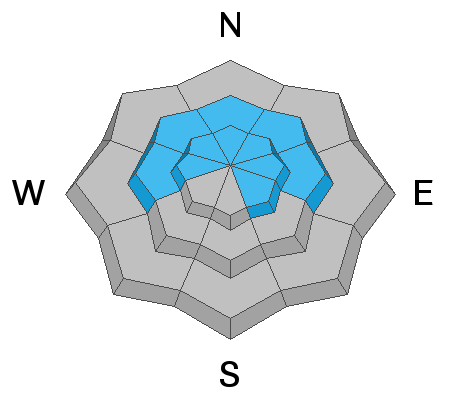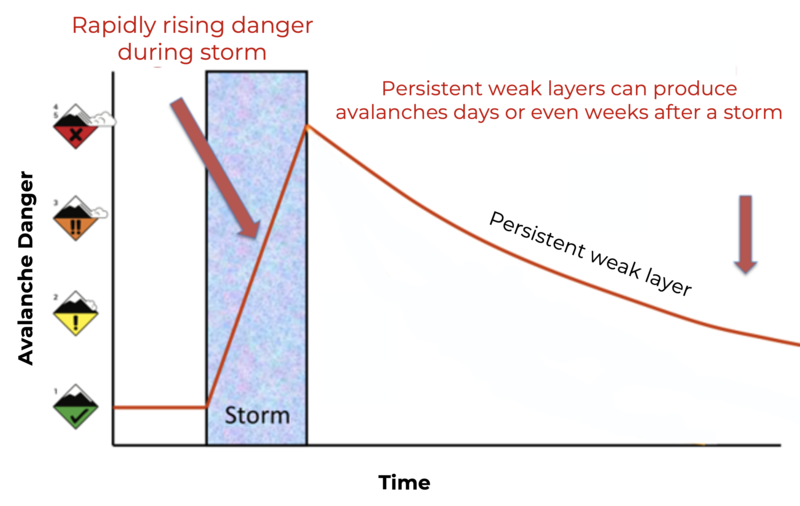Forecast for the Ogden Area Mountains

Issued by Trent Meisenheimer on
Sunday morning, January 10, 2021
Sunday morning, January 10, 2021
There is a CONSIDERABLE AVALANCHE DANGER on steep slopes at the upper elevations facing west, through north, and east where recent storm snow and winds have created a dense slab of snow on top of a buried persistent weak layer.
Avalanches may be 2-3' deep and over 200' wide. These are dangerous avalanche conditions - avoid being on, underneath, or adjacent to steep slopes on these aspects and elevations where human-triggered avalanches are likely.
Avalanches may be 2-3' deep and over 200' wide. These are dangerous avalanche conditions - avoid being on, underneath, or adjacent to steep slopes on these aspects and elevations where human-triggered avalanches are likely.
If you are exiting a resort boundary and entering the backcountry, you are likely stepping into a CONSIDERABLE AVALANCHE DANGER where dangerous avalanches can be triggered.

Low
Moderate
Considerable
High
Extreme
Learn how to read the forecast here





